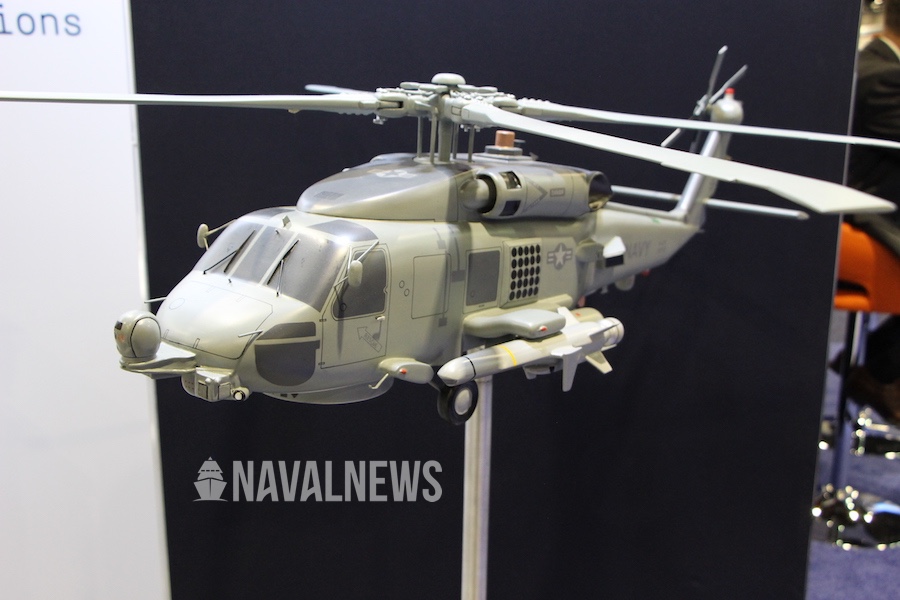Isn't the NSM going to eventually replace the Harpoon, Can't see a lot of sense in retaining both.
Harpoon going forward is likely to see it fall out of service.
However, there are huge stocks and its integrated on almost everything.
NSM and LRASM are logical replacements for harpoons. NSM is smaller, stealthier, only a slight improvement in range. LRASM is much larger, much longer ranged, much smarter. LRASM is much bigger and heavier than harpoon, so not a 1 to 1 replacement for box launched harpoon. NSM is smaller and lighter and is boxed launched.
NSM can be helicopter launched replacing penguin.
Kongsberg is actively pitching its helicopter-launched variant of the Naval Strike Missile, officially dubbed NSM-HL. According to Kongsberg, the NSM-HL missile is designed « to fill the role as a long-range, anti-ship missile for helicopter launch, thus increasing the parent ship’s potential...

www.navalnews.com
With the P8, a weapon station is used if you carry LRASM or JSM, so you might as well go the big guy, and off that platform he could be cued by sensors far away. JSM can fit internally into the F-35A so that is useful, but its not yet integrated for it. NSM/JSM is weak against harden land targets, or very large ships, with a much smaller warhead. But a F-35A can be completely clean with a long range maritime strike, and air missiles.
LRASM is integrated for the F-18 SH, and being integrated for the F-35 and P8.
JSM isn't integrated on the F-35 yet, it is ongoing. IMO there is no rush to buy a missile that isn't yet integrated on a platform to fire it. P8 and other aircraft are on a list behind that and may require more funding etc.
Tomahawk - proposed acquisitions have so far only been for land attack type and there has been no change in that.
I think the ADF wants to keep the missions clear for each missile. Modern TLAM can do both. However, IMO TLAM is not an ideal maritime strike weapon, particularly against aware peer threats, its still signature and aerodynamic wise, much the same old missile. But first strike land attack, range and payload a strong, its the mission it excels at.


